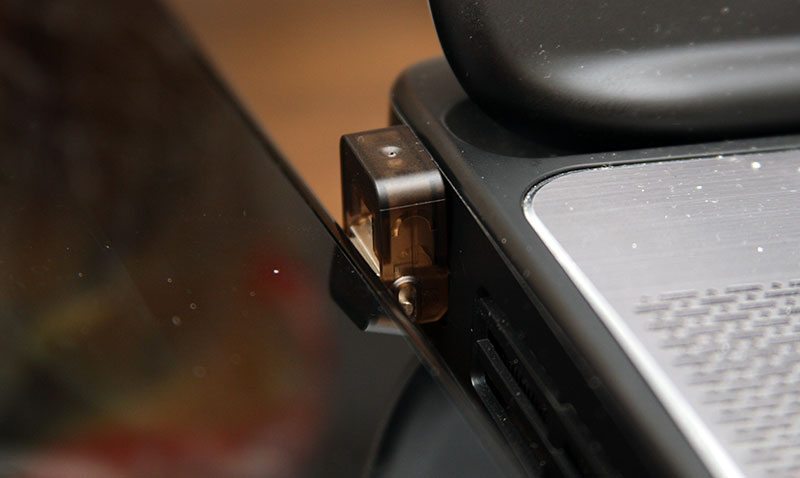Kingston DataTraveler 16GB Flash Drive Review
Chris Hadley / 11 years ago
Test Procedure & Compatibility
Test system:
- Supermicro C7Z87-OCE
- Intel Xeon E3-1230Lv3
- Corsair Vengeance 16GB 1866MHz
- Corsair H100i
- Corsair HX1050W
- Kingston HyperX 240GB SSD
We would like to thank Supermicro, Intel, Corsair, Kingston and Lian Li for supplying us with our test system components.
Many different software applications are also used to gain the broadest spectrum of results, which allows for the fairest testing possible.
Software used:
- ATTO
- CrystalDiskMark
- Anvil’s Storage Utilities Professional Edition V1
Drive Compatibility & Connectivity
As described on the previous page, Kingston’s microDuo flash drive is just one of a few drives on the market that are compliant with the USB-OTG standard for mobile devices. With numerous mobile devices such as smart phones and tablets now playing host to a micro-USB port for charging and connecting to a desktop system, it was only time before developers started to make use of the USB port for other applications. Naturally this is where this drive comes into play and like a number of other similar products, it can still be used as normal in a standard USB port on your desktop system or notebook.
As far as compatibility with mobile devices goes, Android is the main platform where we will see support. Out of the box though, not all Android devices will be able to natively mount the drive volume – although there are third-party applications that can be downloaded from the Google Play Store that will enable users to access the flash drive. With the number of Android devices growing everyday, listing all of those that are compatible out of the box would be an endless task. Fortunately there is a free app that can be downloaded from Google Play called USB OTG Checker. This straight forward app will tell you in a few simple steps if your devices is able to support OTG flash drives and other storage mediums by checking for OS support and OTG drivers.

With the microDuo playing host to two USB plugs – one on either end, I’m sure that somewhere down the line, someone is going to ask if they can connect the drive to their mobile device on one end and then to a desktop system on the other end at the same time – after all there’s nothing to physically stop you from doing so as seen above. I can confirm though that this simply won’t work. The controller in the drive is only capable of talking to one host system at a time and thus the drive would only be accessible through the system that connected to it first. A device on the other end of the drive would simply not detect the connection; until the other host is physically disconnected that is.



















